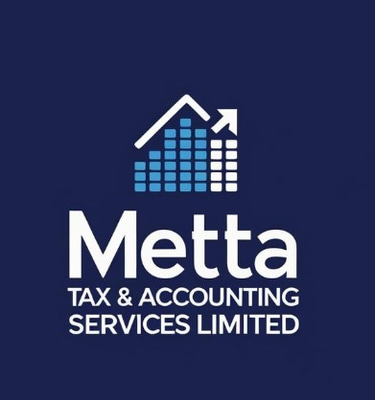
Understanding the Bright-line Property Tax Rules
Selling a residential property in New Zealand? You may be required to pay tax on the profit, even if you didn't buy it to flip or develop. This is due to New Zealand’s bright-line property tax, which is essentially a form of capital gains tax for certain residential properties.
Priyantha Rajapaksha (CPA,CIMA)
7/24/20251 min read



📌 What is the Bright-line Property Rule?
The bright-line property rule requires tax to be paid on any capital gain from the sale of residential property if it’s sold within a certain timeframe after acquisition.
It applies regardless of intent — meaning you might pay tax even if you didn’t plan to sell for profit.
⏳ Bright-line Timeframes (2025)
As of 1 July 2024, the bright-line test period has been reduced to 2 years. Here’s how it works based on when you acquired the property:
Property Acquired On or AfterBright-line PeriodApplicable Rules1 July 2024 or later2 yearsNew 2024 rules apply27 March 2021 – 30 June 202410 years (5 years for new builds)Previous government rules apply29 March 2018 – 26 March 20215 yearsOriginal 5-year rule
Note: The bright-line test does not apply to properties acquired before 29 March 2018.
💸 What is Taxed?
If the bright-line test applies, you must pay tax on the gain from the sale. This gain is calculated as:
Sale price – (Purchase price + capital improvement costs + legal/agent fees)
The gain is taxed at your individual or trust tax rate, and reported in your IR3 (individual) or IR6 (trust) return.
🚫 Main Exemptions
Not all sales are taxed under the bright-line rule. The main exemptions include:
🏠 1. Main Home Exclusion
Applies if the property was your main home for more than 50% of the time you owned it.
Available only twice in a two-year period.
⚰️ 2. Inherited Property
The bright-line test does not apply when you inherit a property.
❤️ 3. Relationship Property Transfers
Transfers as part of a relationship breakup are generally exempt.
📂 4. Business or Farmland
If the property is used primarily for business or as farmland (and meets IRD definitions), the rule doesn’t apply.
📁 Ownership Structures & Trusts
The bright-line test applies regardless of whether the property is held by:
Individuals
Trusts
Look-through companies (LTCs)
Nominees (including parents holding property for children)
For trusts, the main home exclusion may apply only if the principal settlor or beneficiary lives in the property. Accurate trust records and resolutions are essential.
Services
Personalized accounting solutions for your business needs.
info@mettax.co.nz
© 2025. All rights reserved.
